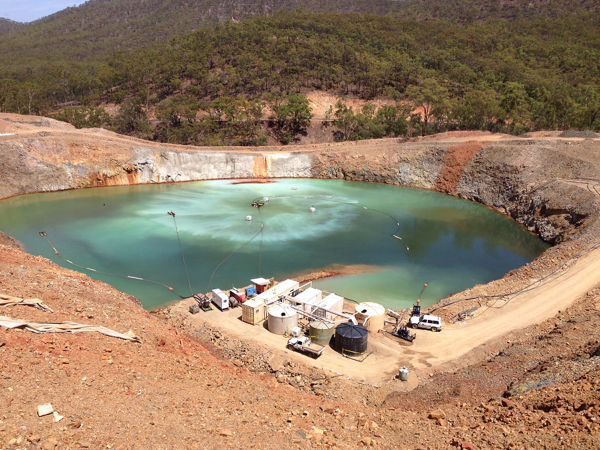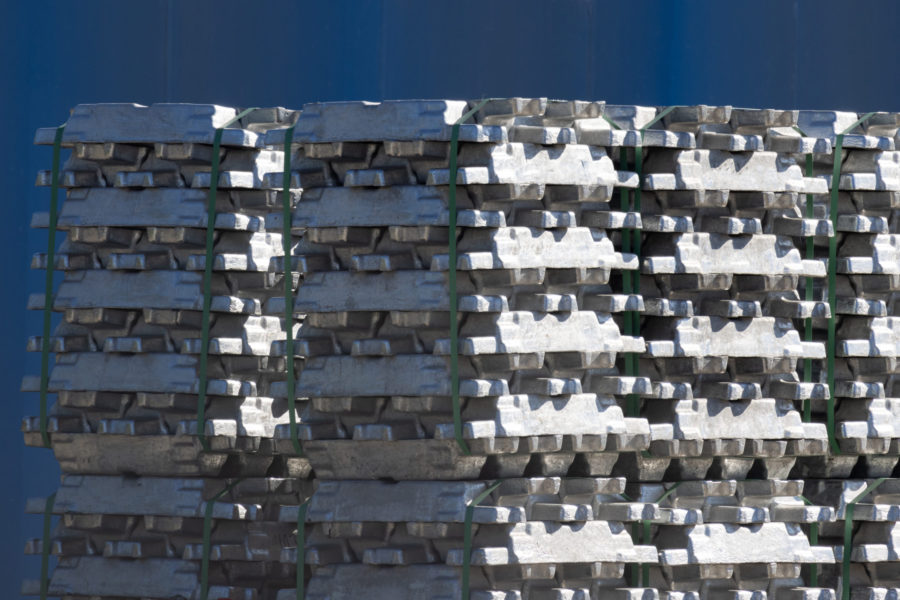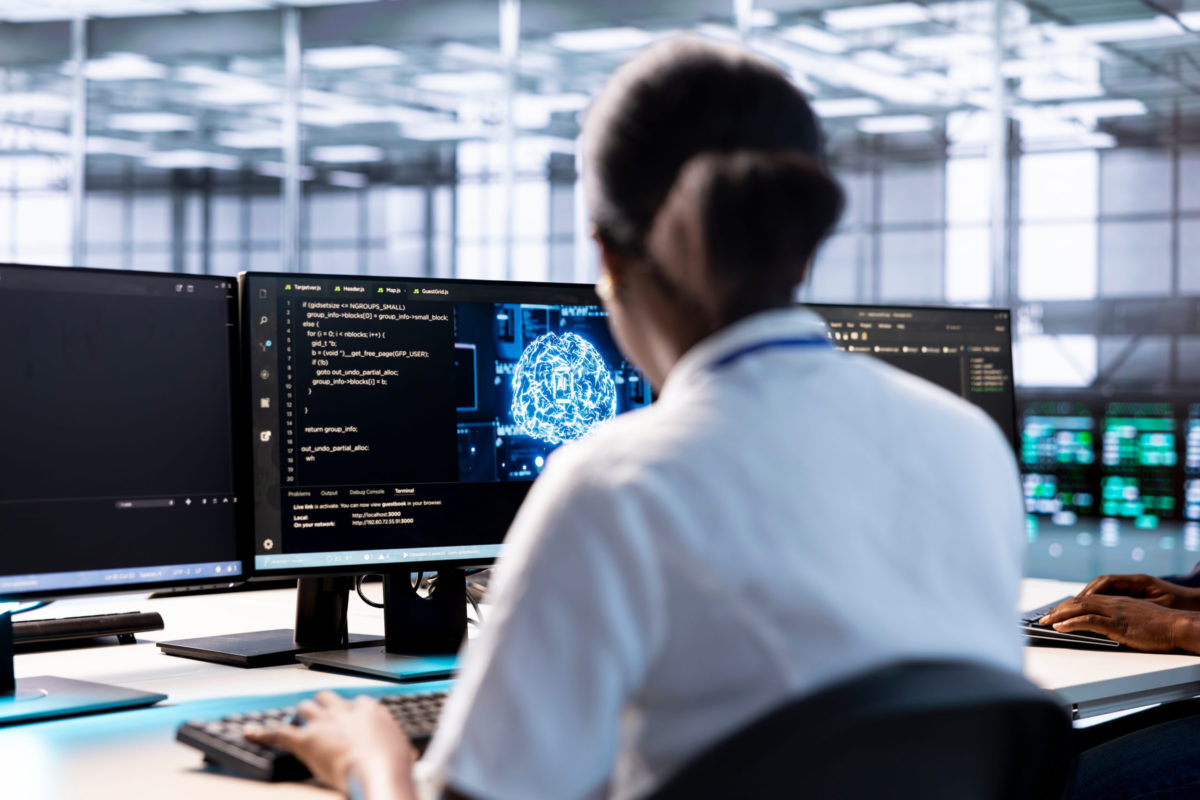Aussie scientists develop cost-effective way to treat mining wastewater
A new cost-effective technology to treat mining wastewater and reduce sludge by up to 90% has been used for the first time at a copper mine in Queensland.
The new method, called Virtual Curtain, was used to remove metal contaminants from the Baal Gammon mine and safely discharged the equivalent of 20 Olympic swimming pools of rainwater-quality water, said Australia’s main science and technology research body CSIRO.
Sludge is a semi-solid by-product of wastewater treatment and reducing the amount produced has huge environmental and economic benefits.
“Our treatment produced only a fraction of the sludge that a conventional lime-based method would have and allowed the mine water to be treated in a more environmentally sound way,” CSIRO scientist Grant Douglas said.
Australia’s mining industry is believed to generate hundreds of millions of tonnes of wastewater each year, so Virtual Curtain opens a significant opportunity for companies to improve water management practices and be more sustainable, the expert said.
“The technology can produce a material high in metal value, which can be reprocessed to increase a miner’s overall recovery rate and partially offset treatment costs,” Douglas added.
If required, the treated water can be purified much more efficiently via reverse osmosis and either released to the environment or recycled back into the plant. This possibility, he believes, makes it a great option for mining operators in arid regions, such as Australia and Chile.
The licensed method, available through Australian company Virtual Curtain Limited, can be used in a range of industrial applications.
More News
{{ commodity.name }}
{{ post.title }}
{{ post.date }}





3 Comments
John
Wow!!!!! Good on you, I wish our South African Government would wake up and treat our Mine Acid water, its really becoming such a major threat to our water supply as well as Eco system
Nelson Quintana Arellano
excellent progress towards an environmentally sustainable mining
frankinca
There seems to be an unmentioned trade off somewhere, where the concentration process is less effective and more less-refined material has to be moved to another site where water is available for further concentration. Just a matter of moving various processes to various sites to provide the best economic and environmental results. Probably adds something to that ability but is no cure-all, I believe. Manufacturing the unique equipment and selling it to the whole world would be to the public’s benefit, and allow this process, which I am not sure of , to be widely spread and do the advertised wonders. Not licensing which forces everyone to build their own equipment and slow the whole process.